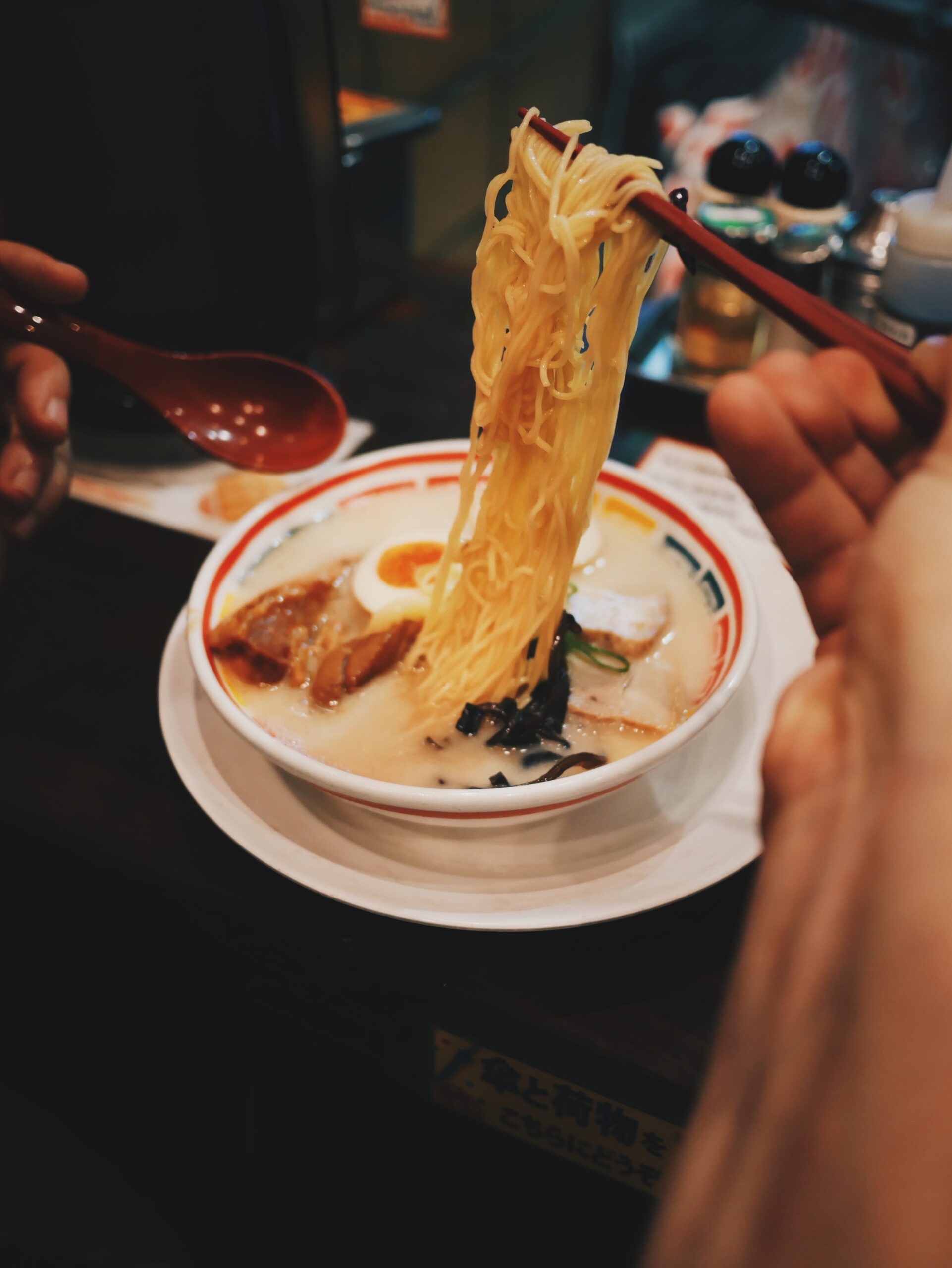In the rich tapestry of Japanese culture, food emerges as a cornerstone connecting together centuries of tradition and culinary finesse. Central to this culinary symphony is the harmonious duo of rice and miso soup. Japan’s fortunate coastal geography provides a good supply of seafood.

In Japan, even though it’s a country known for its meat and fish consumption, there’s a strong emphasis on consuming a lot of fresh vegetables in daily meals. Freshness is highly valued, and it’s typical to eat from small plates, with an emphasis on finishing meals without feeling overly full. Japanese culture places great importance on staying active and maintaining good health. Maybe a combination of their diet, lifestyle, and genetics can explain why the average length of life in Japan regardless of gender will be around 80 years.
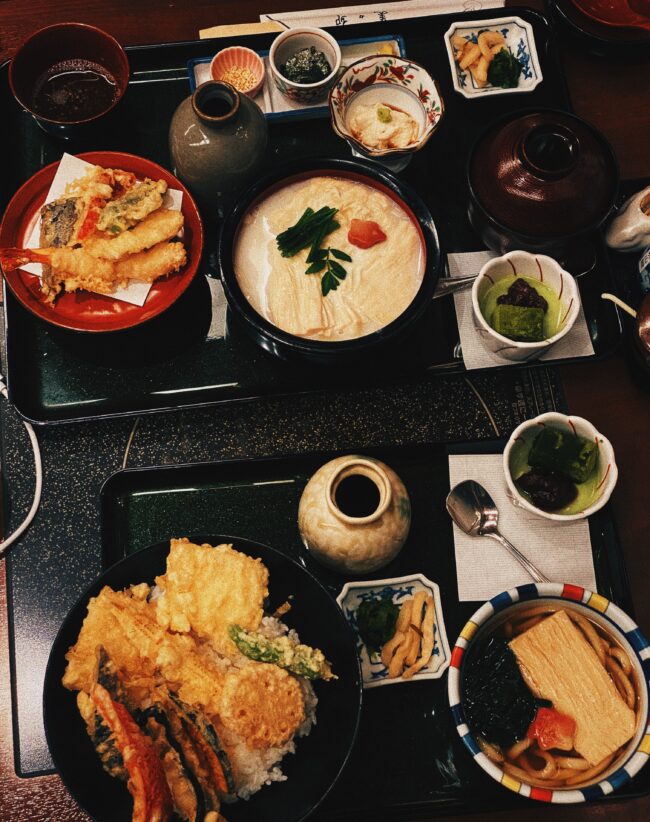
In my humble opinion, Japanese people really know a lot about food, simply because whichever food item you show them, they will tell you why it’s healthy for you and why should eat it.
Anyways, my dear reader, allow me to illuminate, some interesting insights into the culinary realm of Japan, which I have spotted while living in this beautiful country.

There are strong accent on Seasonality.
Embracing the essence of each passing season, Japanese culinary tradition thrives on savoring the symphony of flavors that nature creates. As the seasons gracefully shift, the menu of Japanese people starts to change. Eating seasonal vegetables are must, how else you can get all nutrients for your body?
On hot summer days, People try to chill their body with cold noodles like soba and somen, paired with antioxidant-rich veggies like tomatoes, cucumbers, and eggplants that shield you from ultraviolet rays.
During cold Japanese winter time, people consume “nabe,” a steaming hot soup, which is not only tasty but also gives the body comforting warmth.
In the spring period, Japan hosts popular food festivals and hanami gatherings where people enjoy the Sakura blossoms while enjoying delicious food and drinks. A renowned delicacy during this time is the bamboo shoot.
Autumn brings both the stunning beauty of the leaves and favorite foods like eggplant and sweet potato.
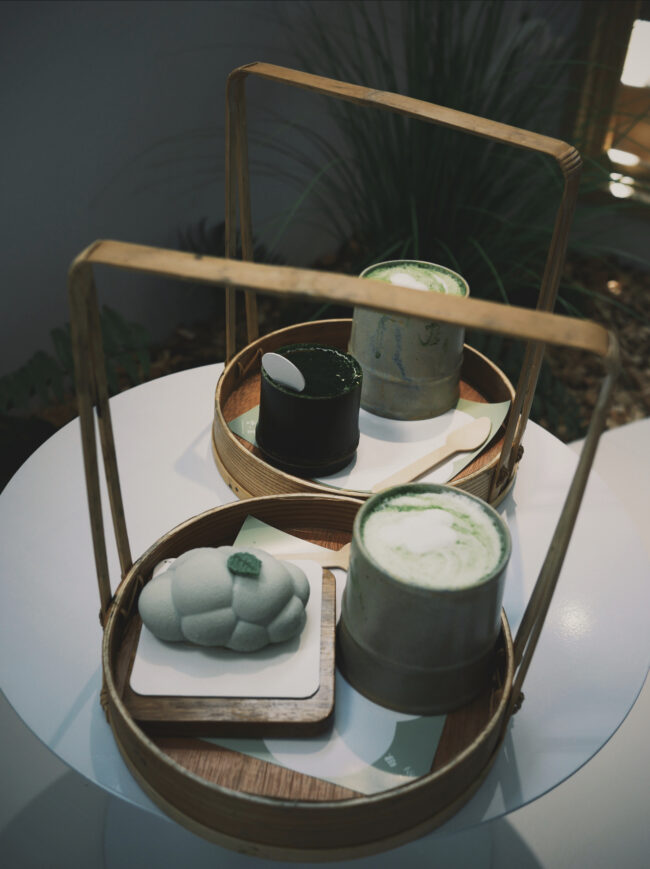
Culinary tourism
Each region in Japan offers its own unique culinary delights, making it a popular practice to travel to different cities and savor their local delicacies.
Culinary tourism serves to educate and inspire travelers about food history, diverse culinary techniques, and local tales tied to each dish. It encourages the exploration of various foods, from those sourced by farmers and fishermen to brewers. While the food might not always be a primary travel focus, it consistently creates lasting memories for adventurous explorers.
Food as a socializing element
Food in Japan serves as a catalyst for social interaction and building relationships with other people. The vibrant Izakaya experience, a prevalent type of restaurant, shows this. Picture a spacious table adorned with an array of delectable dishes, where friends gather to enjoy both flavorful cuisine and spirited conversations. Sharing food isn’t merely a culinary act; Japanese people believe it’s a gesture that forges deeper connections and embodies care for one another.
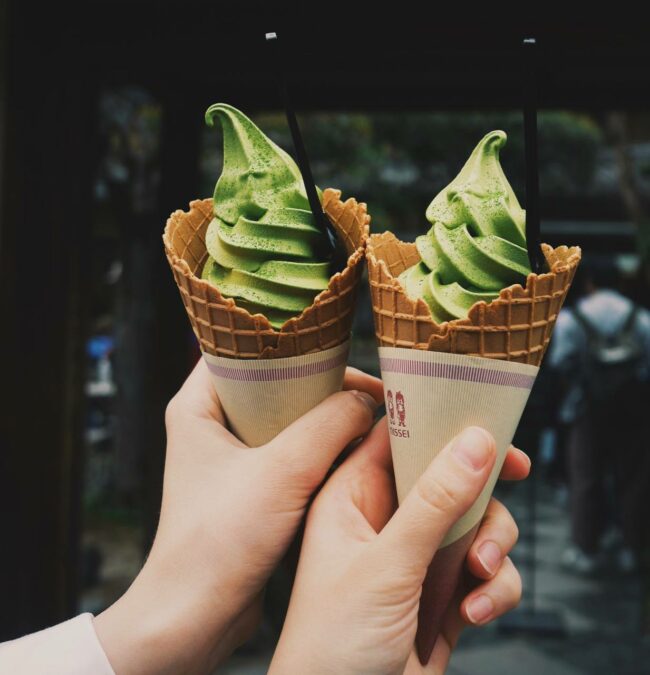
Dining etiquette
Upon entering a Japanese restaurant, you’ll be warmly greeted by the staff who will offer a welcome drink and a soothing hand towel for refreshment.
And Japan is no tip country, you it is a bad manner to give tips to the staff.
Impact of Foreign Cultures on Japanese Cuisine
In modern times, Western cuisine made its way to Japan, introducing dishes like pasta, hamburgers, and curry. These offerings underwent a Japanese transformation, resulting in a unique fusion of flavors.
Japanese food culture has been shaped by diverse influences over time. China left its mark with customs like using bowls and chopsticks, while cherished practices such as the tea ceremony, and favorite dishes like Ramen and Gyoza, have Chinese origins. Surprisingly, even Japan’s beloved tempura finds its roots in Portugal.
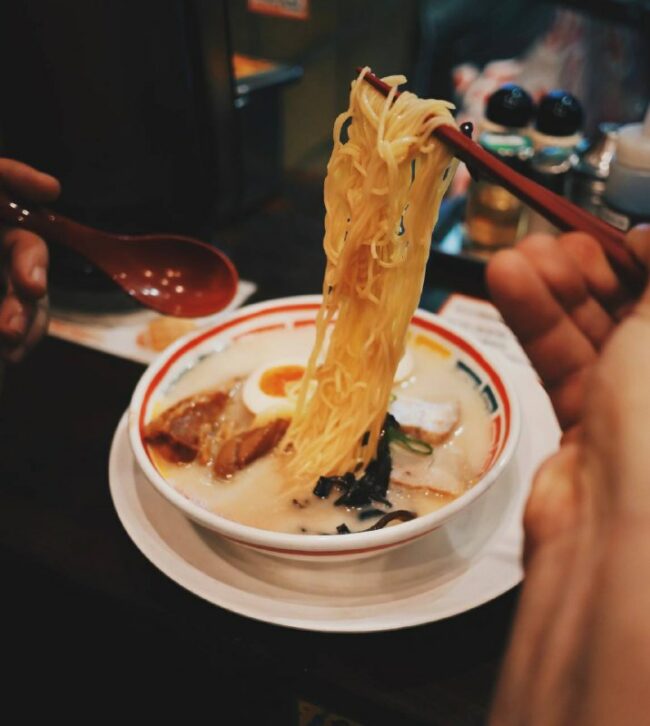
In Japan, it was considered normal to have meat in daily diet, but after Buddhism arrived from China, which created the foundation for Japan’s centuries-long meat taboo. During the Edo period, consuming four-legged creatures was considered taboo. However, in 1872, during the Meiji Restoration, Japan embraced Western influence, leading Emperor Meiji to lift the ban on red meat consumption.
Of course, at present, there are no restrictions on meat. People love and eat meat a lot.
My experience
I’m a vegetarian. For 2 years of living in Japan, I have met only 1 vegetarian Japanese Person, it is super rare here to be vegetarian. Researchers say that by 2019 year, there is only 9% of the population is vegetarian in Japan.
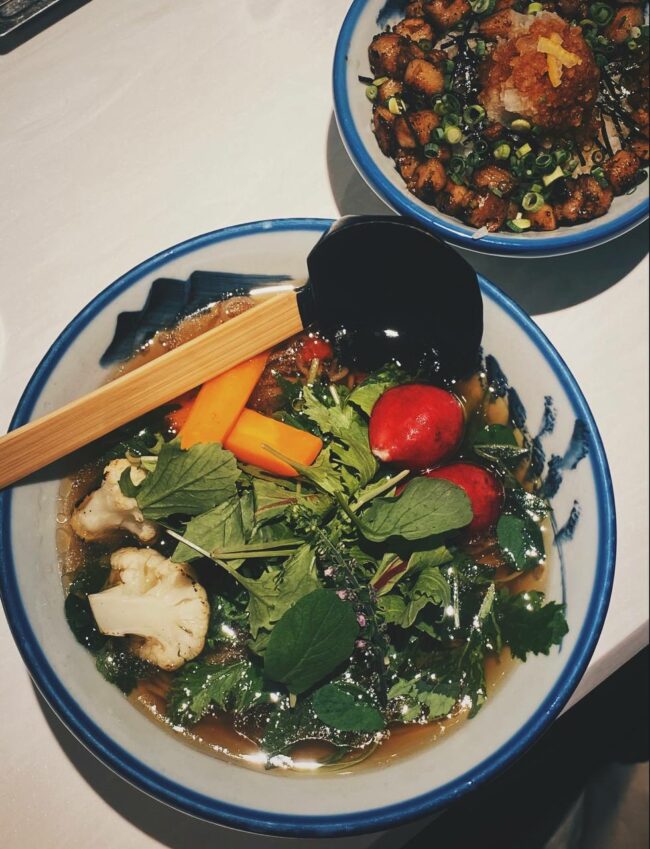
My choice is super simple for me, I just don’t like to eat meat and fish, it doesn’t feel good to me. However, I don’t judge someone who eats animals, It’s the personal choice of each individual, and I’m not screaming everywhere that you should stop eating meat and fish.
When I tell people I’m vegetarian, the common response will be “What do you eat to survive?”
This highlights a significant realization for me: our dietary choices shape how we perceive food. As a vegetarian, I discovered a world of diverse vegetables and fruits previously unnoticed as a meat eater. This shift in diet broadened my culinary horizons significantly.
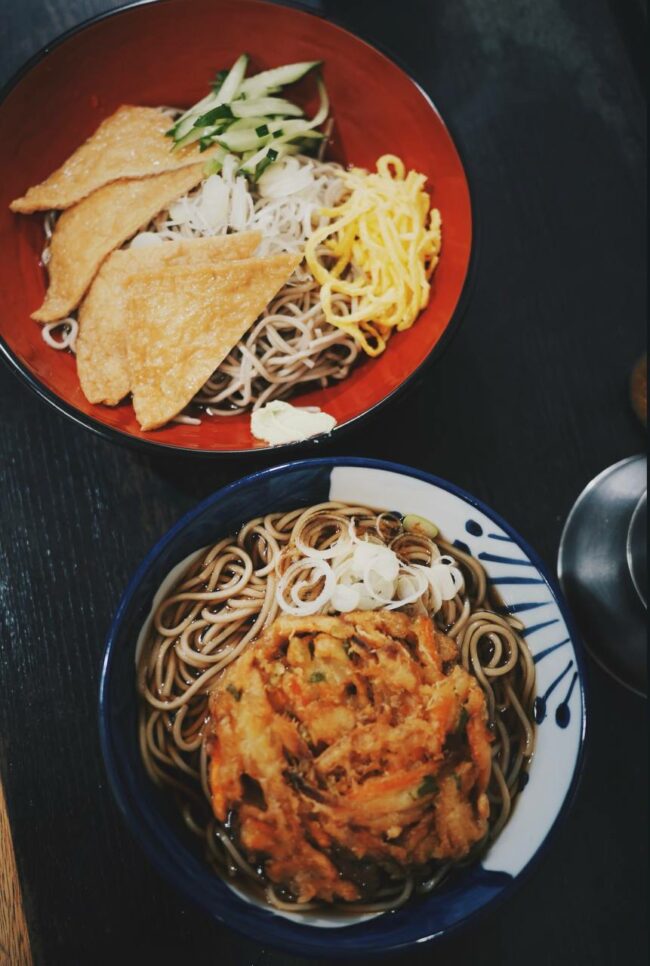
Lately, I’ve been wondering if my dietary choices limit my culinary experiences in Japan due to avoiding eating meat and fish. This “restriction” sometimes set me back from fully immersing myself in the culture. Does it really important to eat fish and meat to fully understand the essence of the lifestyle of Japanese people, or is it primarily about embracing diverse flavors?
However, I understood something else about myself while writing this article. I realized that I explore culture and people in a different way, I don’t put food in the first place, I always focus on seeing the person first, to feel their energy and I’m starving to listen to their life story.

